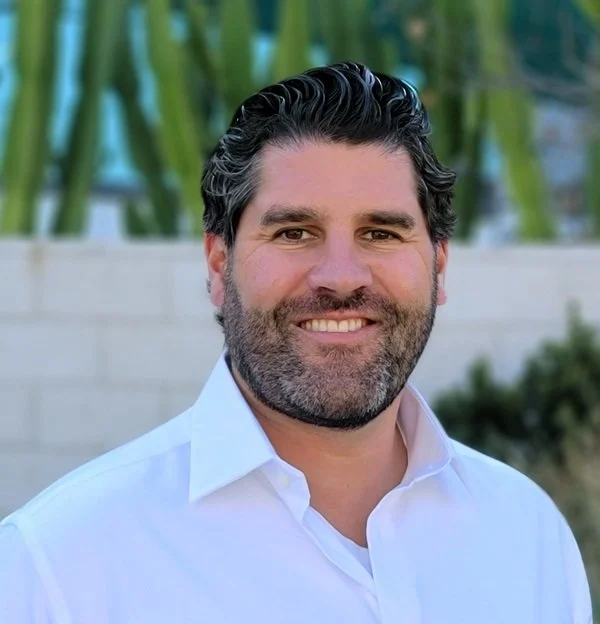
Autoclave Leasing for Labs
Lease the autoclave that fits your biosafety protocols. Sterilize equipment with confidence—without tying up your budget.
What Is an Autoclave?
An autoclave uses high-pressure steam to sterilize equipment, media, and waste—eliminating bacteria, viruses, and spores. It’s an essential tool in research labs, clinical environments, and manufacturing facilities for safe, routine decontamination. By providing consistent, validated sterilization cycles, autoclaves support biosafety, compliance, and operational efficiency.
Why Lease an Autoclave?
Whether you're managing infectious waste, sterilizing glassware, or prepping growth media, an autoclave is a lab staple. But large-capacity or programmable units with vacuum cycles, drying options, and data logging can carry a significant upfront cost.
Leasing provides a smarter path to acquiring the sterilization equipment your lab needs without the delay or burden of capital purchase. It’s ideal for biotech labs, academic institutions, healthcare facilities, and pharma manufacturing sites scaling their decontamination capacity.
Where Leasing an Autoclave Adds Value
Autoclaves are essential for sterilization in clinical, research, and containment labs. But models with GMP compliance, programmable cycles, or pass-through designs can require significant upfront investment.
Leasing can be a smart choice when:
- You’re outfitting high-containment labs or updating protocols—Access validated systems without capital delays.
- You need programmable cycles or pass-through options—Lease units built for your workflow.
- You want to preserve budget for staff or supplies—Stay compliant without overspending.
Whether you're scaling operations or replacing legacy units, leasing an autoclave ensures biosafety without budget bottlenecks.
Why Teams Lease with Excedr

Founder-friendly, non-dilutive capital
Ideal for early-stage or venture-backed teams—and a smart option for any lab looking to preserve equity while scaling.
Flexibility on equipment choice
No inventory limitations. You choose the system that fits your workflow—we handle the financing.
Lease terms aligned with your growth
2–5 year terms that support your budget, equipment lifecycle, and scaling timeline.
No collateral or covenants required
Skip the restrictions of traditional loans—no IP pledges, collateral, or debt covenants needed.
White-glove procurement & support
Equipment sourcing, vendor coordination, and lease logistics are streamlined to reduce your team’s internal workload.
Fast, reliable equipment support
Our vendor relationships help resolve issues quickly—so you stay productive and hit key milestones.
Leasing Solutions We Provide

Operating Leases
Treat lease payments as operating expenses, not debt. This simplifies accounting and preserves flexibility.

Sale Lease-Backs
Convert owned equipment into working capital. Keep it off your balance sheet and treat payments as operating expenses.
Popular Autoclave Manufacturers









































































Straightforward Application Process

Tell Us What You Need
Already have a quote or PO? Just let us know the equipment you want to lease—we’ll take it from there.

Get Approved Quickly
Our in-house underwriting team reviews your financials fast—no outsourcing, no red tape—so you get a decision in days, not weeks.

We Handle the Rest
We handle the logistics and coordinate with the vendor so you can get to work—no upfront capital required.
Helping Scientists Scale & Succeed
Frequently Asked Questions
Lease Your Next Autoclave & Maintain Biosafety with Ease
Don’t let capital constraints hold back your lab’s sterilization capabilities. Our leasing program is designed to remove friction from equipment procurement so you can stay focused on safety, compliance, and efficiency.












